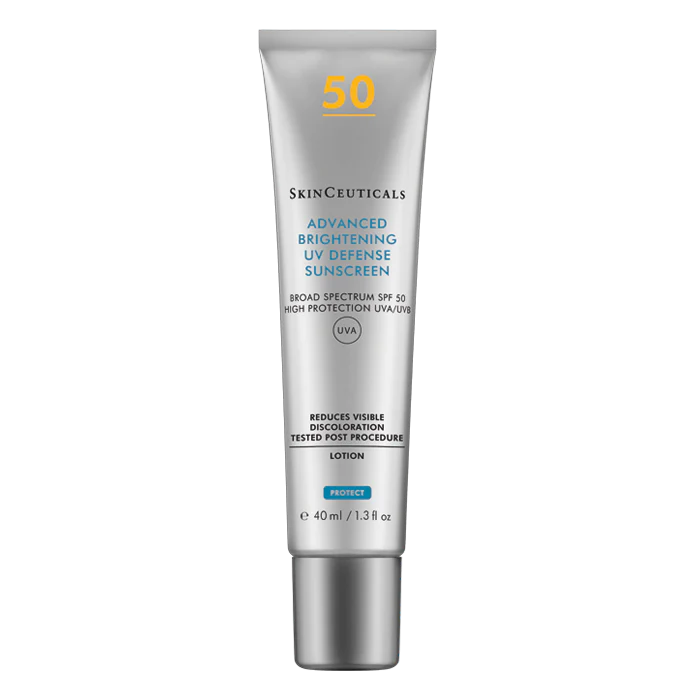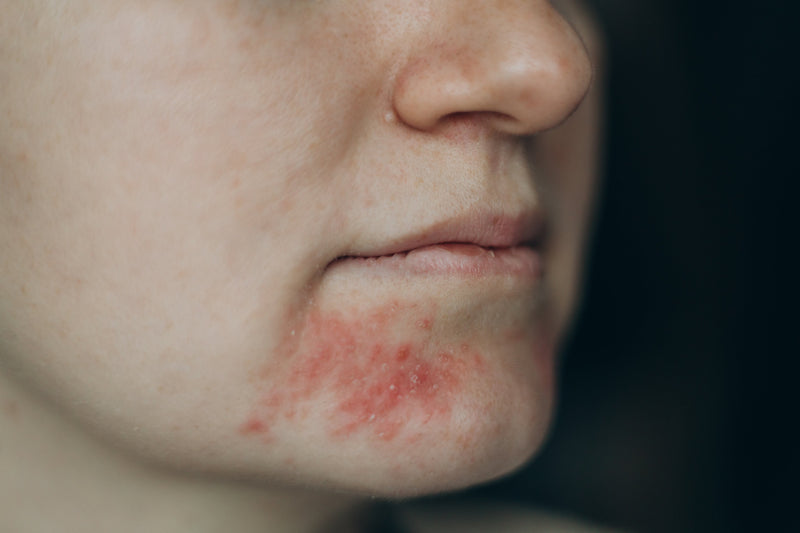The Science of Ageing
Ageing is not a single event but a gradual loss of efficiency in the body’s repair systems.
Every cell is designed to renew, communicate, and adapt — but over time, oxidative stress, inflammation, and DNA damage accumulate.
Three biological processes drive these visible and invisible changes:
-
Mitochondrial decline – less efficient energy production and increased oxidative stress.
-
Telomere shortening – each time a cell divides, its DNA endcaps (telomeres) shorten until the cell can no longer divide safely.
-
Cellular senescence – once telomeres shorten or DNA damage becomes too great, cells stop dividing but remain metabolically active. These are the “zombie cells.”
What Are Zombie Cells?
Zombie cells — scientifically called senescent cells — are cells that have reached the end of their useful life.
They no longer divide or contribute to healthy tissue, yet they refuse to die. Instead, they secrete inflammatory molecules, enzymes, and growth factors known as the senescence-associated secretory phenotype (SASP).
This secretory activity was once helpful — short-term inflammation aids healing — but as these cells accumulate, they create a toxic environment that damages neighbouring healthy cells and accelerates tissue ageing.
In the skin, this means:
-
Collagen breakdown from enzyme release (MMPs).
-
Slower healing and duller texture.
-
Persistent low-grade redness or sensitivity.
-
Thinner, more fragile skin over time.
The Systemic Impact
Senescent cells aren’t confined to the skin; they accumulate in the brain, heart, and immune system.
Their chronic secretions contribute to “inflammageing” — a persistent, low-level inflammatory state now recognised as a hallmark of ageing.
This inflammation underlies many age-related diseases: cardiovascular disease, diabetes, neurodegeneration, and delayed tissue recovery.
The immune system normally clears senescent cells through autophagy and apoptosis.
However, immune efficiency declines with age — allowing zombie cells to build up faster than they can be removed.
Why These Changes Matter
Ageing at the cellular level leads to visible signs on the surface:
-
Diminished elasticity and slower turnover.
-
Uneven pigmentation due to mis-signaled repair.
-
Fatigue and reduced resilience as energy metabolism declines.
But the root cause lies in miscommunication — damaged cells sending the wrong messages, overwhelming the healthy ones.
What We Can Do
-
Support Cellular Energy
-
NAD⁺ precursors (Nuchido Time⁺), CoQ10, and magnesium maintain mitochondrial function and energy balance.
-
-
Encourage Healthy Turnover
-
Treatments such as controlled exfoliation, microneedling, and LED therapy stimulate new cell formation and improve immune clearance of senescent cells.
-
-
Reduce Oxidative Stress
-
Topical and dietary antioxidants (vitamin C, E, resveratrol, polyphenols) neutralise free radicals before they damage DNA.
-
-
Regulate Inflammation
-
Omega-3s, SPMs, and a balanced gut microbiome calm inflammatory signalling and reduce the SASP effect.
-
-
Optimise Sleep and Circadian Rhythm
-
Deep sleep activates cellular repair pathways and enhances immune clearance.
-
-
Support Emotional and Nervous System Balance
-
Chronic stress accelerates mitochondrial wear; calming the vagus nerve helps restore healthy cellular dialogue.
-
Studies in Nature Medicine and The Lancet Healthy Longevity show promise for senolytics (agents that clear senescent cells) and senomorphics (agents that silence their harmful secretions).
-
Lifestyle remains the most accessible “senomorphic” therapy — feeding, resting, and oxygenating the body well enough that it can maintain natural clearance.
Research and Future Therapies
-
In Summary
Ageing is the story of slowing communication and rising noise.
Zombie cells represent biological clutter — old cells speaking too loudly, too often.
Our goal isn’t to stop time but to quiet that noise: to keep cells energetic, responsive, and clear enough to keep renewing.
When energy, balance, and communication are restored, the skin — and the person inside it — age with strength, clarity, and grace.



















































